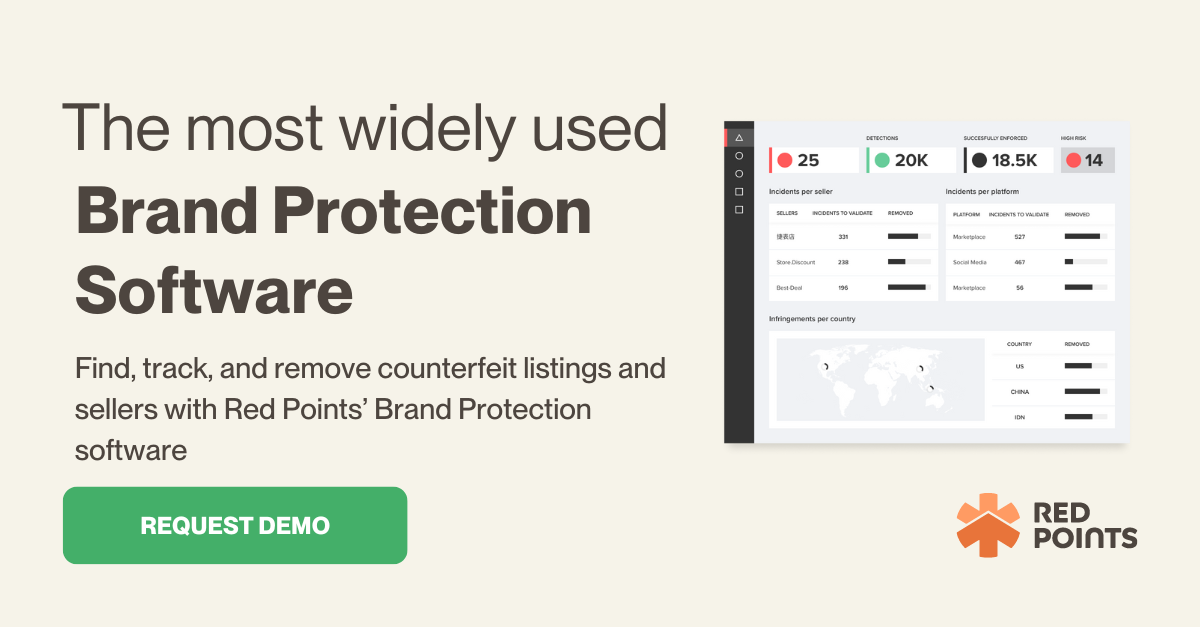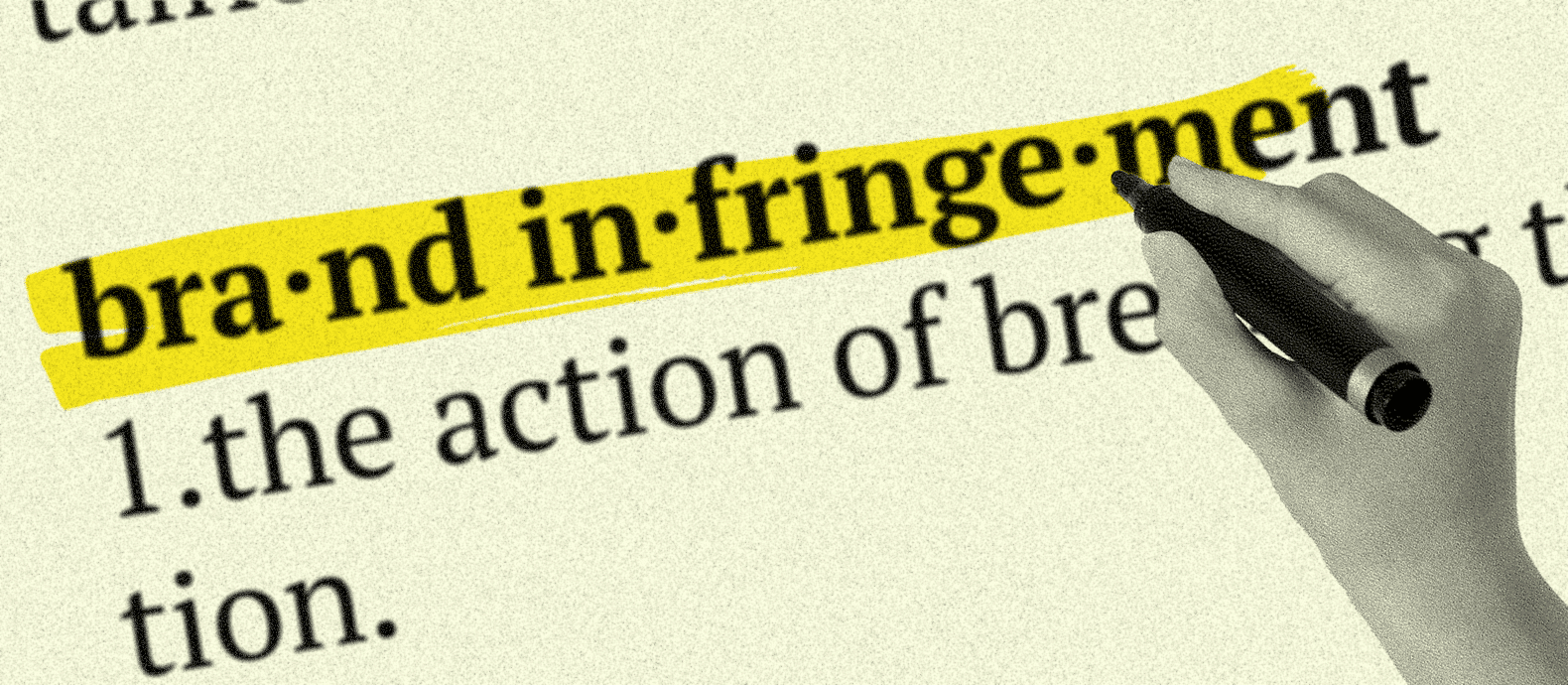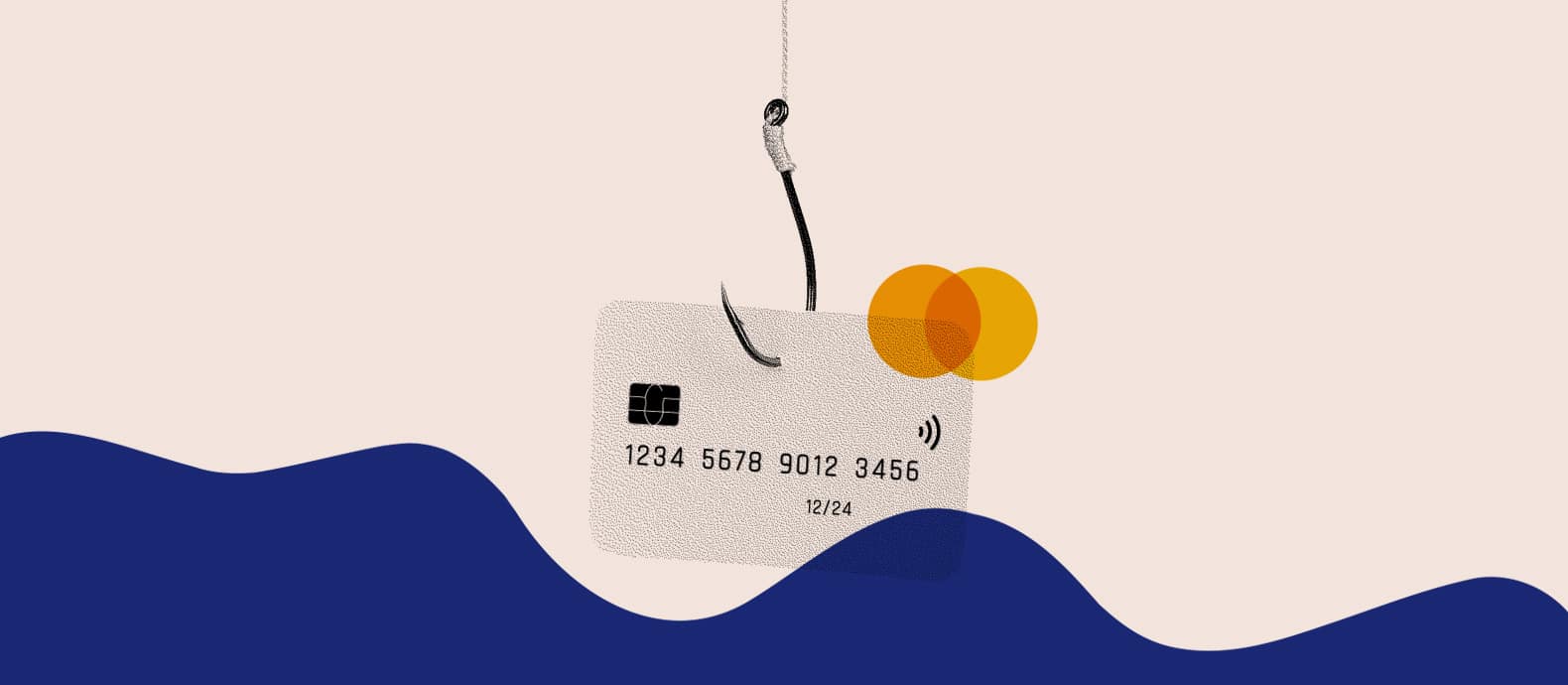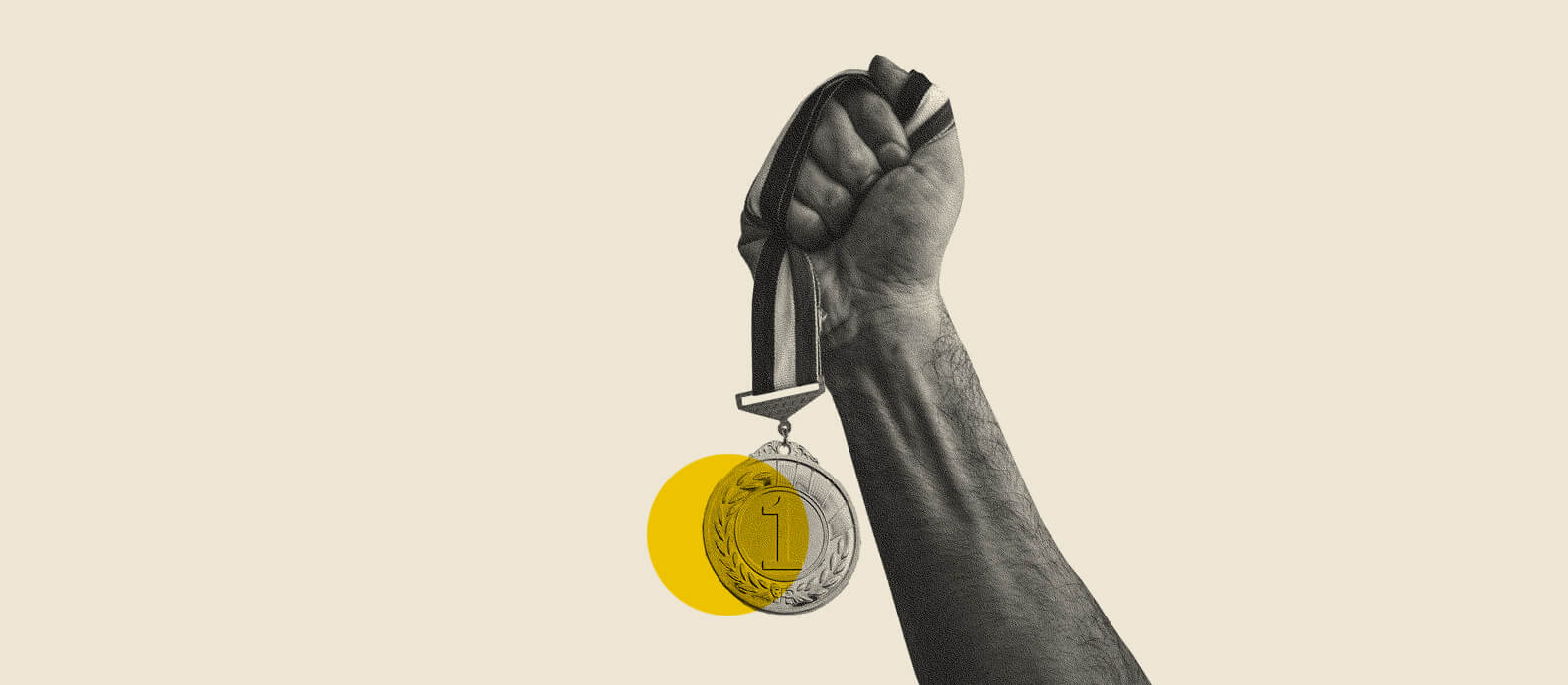Businesses have adapted to COVID-19 by adopting new business practices, such as using their brand and selling more online. However, there has been a dramatic rise in the use of counterfeit brands.
To keep their brands’ good name and market worth, business owners often have to deal with various issues. Government offices and courts have also been closed, delaying trademark registration and enforcement for businesses.
As a brand owner, you should be on the lookout for infringement and dilutive use of your trademarks, as well as clear and register your trademarks promptly, to protect yourself.
What is brand infringement?
A trademark is a word, symbol, or phrase used by a company to differentiate its products from those of competitors. For business services, a service mark is the same as a trademark. Intellectual property rules shield trademarks against third-party infringement.
Using someone else’s trademark without their consent is a kind of trademark infringement since it can lead to consumer confusion, deceit, or the incorrect belief that a product or service belongs to someone else.
In order to show trademark infringement in court, the trademark owner must present many arguments, such as:
- It must establish ownership of the brand.
- Additionally, it must establish precedence by being the first to use it.
- It must demonstrate that the defendant’s mark is likely to generate confusion among consumers regarding the origins.
How to protect your brand by using Intellectual Property Rights
Three legal methods are available to intellectual property owners to safeguard their ideas and creations:
A trademark is a symbol, logo, design, term, or phrase that is used to identify a product or service. When trademarks are registered, they gain legal protection against unauthorized usage across the country. Business plans and branding are protected by trademarks against competitors.
The patent rights are managed by The United States Patent and Trademark Office (USPTO) which are given for a certain period of time in exchange for an application that publicly discloses the innovation.
Copyrights safeguard works of art, music, and literature, as long as they are tangible. The United States Copyright Office grants and manages these rights.
Types of Brand Infringement
Trademark Infringement: A trademark is a term, symbol, or design, or a combination of these, that a business uses to identify and distinguish its goods or services from those of other businesses. Trademark rules are in place to protect consumers from being confused about the origin of goods or services. Infringement of a trademark is the unauthorized (without permission) use of another seller’s identification mark, logo, or brand name.
Copyright Infringement: Original works of authorship, such as videos, movies, songs, novels, musicals, video games, paintings, and so on, are protected by copyright. To be protected by copyright, a work of authorship must be created by an author and exhibit some degree of originality. Copyright infringement is the illegal use of another seller’s creative expressions and ideas.
Examples of Trademark Infringement
When a corporation claims that another company is earning from its trademark without permission, this is an example of a trademark infringement case. When a business uses a trademark in commerce, it is regarded as a “senior user.” The senior user must show that the junior user is using a similar trademark to cause confusion in the marketplace.
The following are two examples of trademark infringement cases.
The 3M Company
A lawsuit filed by 3M against Changzhou Huawei Advanced Material Co Ltd over the use of 3N resulted in a victory for 3M and “substantial damages.” Despite the fact that the 3N’s products and pricing differed from those of 3M, the court found that the 3N’s use of a similar mark to gain customers and market share constituted infringement.
Starbucks vs. Freddocino
“Freddocino” was a drink launched by the parent business of New York’s Coffee Culture Café in January of 2016. Starbucks filed a lawsuit against them. Documents argue that not only does the drink look similar to the Frappucino, but the structure of the name has enough similarities to cause “confusion in the marketplace” and impair “Starbucks ‘ brand equity.”
Frappucino is Starbucks’ trademarked name, and the company claims that Coffee Culture has used deceptive packaging to falsely claim trademark status for the phrase “Freddocino.” Coffee Culture has renamed the drink a “Freddo,” but Starbucks is still pursuing the case against them.
Impact of Brand Infringement
Whether it’s changing a brand’s name, logo, or marketing materials for a launch, or initiating legal action against an infringing mark, trademark infringement may be disastrous. Potential infringement is still increasing, even as brands work to minimize its impact.
A company’s brand equity is frequently one of the most valuable pieces of intellectual property it owns, thus safeguarding it is critical. There are several examples of businesses that failed to safeguard their brand and have since gone out of business.
Infringement occurs not just on traditional marks such as business and brand names, but also on social media handles, industrial design, site domains, and advertising campaigns.
Buyers are frequently unable to inspect the goods in person. It’s often tough to tell whether or not a seller is genuine. As a result, consumers and businesses are readily deceived. The number of counterfeit products has increased, according to customs and border protection officials.
Many consumer goods, however, are counterfeited or offered at a lower quality. In addition, there has been a surge in phishing scams, bogus philanthropic websites, and an unjustified increase in the cost of legitimate products. These illegal acts have a negative influence on brands. They confuse customers and harm the brand’s reputation and loyalty.
How to prevent brand infringement
Whether a company is suing or being sued for trademark infringement, the process can be time- and money-consuming for both the plaintiff and defendant. In order to avoid this problem in the future, brands must adopt appropriate precautionary actions. Following these guidelines can help brands to avoid trademark infringement and protect their own trademarks.
Search for trademarks
Before registering a trademark, it is essential to do a thorough trademark search. As new businesses and marketplaces continue to emerge, even the most distinctive logo design or slogan could already be in use by another brand.
When conducting a trademark search, it’s a good idea to first determine the target market for your goods (s). Are you planning to sell your items to a global audience, or will you solely be selling domestically? You need to decide whether or not you want your products to be sold in brick-and-mortar stores or only online. This will assist you in figuring out where to begin your trademark search and whether or not your brand’s trademark is distinctive and strong.
If you use it correctly, you may come up with a powerful brand name and a variety of distinctive trademarks that serve as identifiers for your business and keep you from infringing on the trademarks of others.
Register your trademark and aggressively use it.
Your brand will need to be secured once you’ve created a strong brand and compared your logos and branding to other companies’ logos and branding. Your trademark must be properly registered in order for you to enforce it. In order to safeguard your unique idea, this is a must-do step to ensure that if you find counterfeits using your brand’s trademarks, you can take action.
Trademark surveillance.
The mere fact that you’ve filed for trademark protection does not guarantee that your brand will be safe from infringement. You’ll still need to maintain a watchful check on the Internet to ensure that your trademark isn’t being misused. Trademark tracking services like Red Points can help with this process.
Using technology, a reputable trademark monitoring service can detect potential trademark infringements 24 hours a day, seven days a week. When a trademark infringement is discovered, the takedown process can get started right away with a service like Red Points. You won’t have to play trademark infringement whack-a-mole with counterfeiters who come back faster than you can address them on your own if you take this proactive approach.
Removal of trademark infringement
When it comes to dealing with trademark infringements, legal action isn’t the only choice for firms. When it comes to immediately address these infringements, time is of the essence to safeguard your reputation and keep your brand’s worth from diminishing. In fact, it may not even be your best option.
Again, a service like Red Points can greatly simplify and expedite this procedure. Besides scanning for infringements constantly, the service can commence the removal procedure for you and potentially avoid the time and expense of pursuing legal action by doing it for you.
Next steps
As the trademark ecosystem evolves, so does infringement. There are more trademarks than ever, making it difficult to locate, file, and monitor a trademark portfolio.
Better technology can help reduce the danger of infringement and being able to search and observe marks appropriately is critical to brand protection.
Ready to make infringement protection easier, cheaper, and more efficient? Use Red Points’ online brand protection software to detect and delete counterfeit products.






